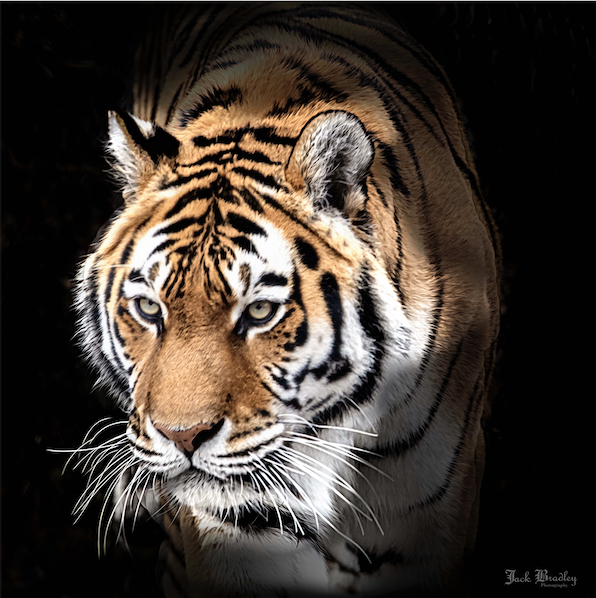
BRIDGEPORT, Conn. – Changbai, a thirteen-year-old Amur tiger and the mother of cubs born at the Zoo in 2017, has returned to Connecticut’s Beardsley Zoo. After arriving from her most recent home at the Columbus Zoo, Changbai underwent a normal quarantine period. Once again comfortable with her surroundings, Changbai is now residing in the tiger habitat in the predator area, next to her daughter, Reka.
Born on May 24, 2007 at the Philadelphia Zoo, Changbai resided at Connecticut’s Beardsley Zoo for two years before being transferred to Columbus as part of the Association of Zoos and Aquariums’ (AZA) Species Survival Plan. Amur tigers are very rare and are critically endangered in the wild. According to the AZA, today Amur tigers are thought to occupy less than seven percent of their original range. Threatened by habitat loss and degradation, poaching, tiger-human conflict and loss of prey, four of nine subspecies have disappeared from the wild just in the past hundred years. The future of the Amur tiger has been a major concern of the world’s zoos for many years.
Connecticut’s Beardsley Zoo’s Deputy Director, Don Goff, is the Co-Chair of the National Felid Taxon Advisory Group (TAG). He leads a committee of AZA-accredited zoo members whose goal is to help have sustainable populations of felid species.
“The planned transfer of animals to other member zoos ensures the sustainability of a healthy, genetically diverse, and demographically varied AZA population,” explained Goff. “We’re happy to welcome Chang back to the Zoo, where she can continue to be an ambassador for her species, educating our guests about the importance of conservation.”
About Amur tigers
The Amur tiger is a rare subspecies of tiger, and the largest cat in the world. Adult male tigers can weigh up to 675 pounds, with females weighing up to 350 pounds, although they average 200-250 pounds. Chang is large for a female Amur tiger, weighing 340 pounds. Similar to people’s fingerprints, no two tigers have the same striped pattern. Amur tigers differ from other tigers with fewer, paler stripes, and a mane that helps to keep them warm. They live in southeast Russia as well as small areas of China and North Korea. They live for 10-15 years in the wild, and up to 22 years in captivity.
# # #
About Connecticut’s Beardsley Zoo
Let your curiosity run wild! Connecticut’s only zoo, celebrating its 98th year, features 300 animals representing primarily North and South American and Northern Asian species. Guests won’t want to miss our Amur tigers and Amur leopards, maned wolves, and Mexican grey and red wolves. Other highlights include our new Spider Monkey Habitat, the prairie dog exhibit, and the Pampas Plain with Giant anteaters and Chacoan peccaries. Guests can grab a bite from the Peacock Café and eat in the Picnic Grove. Connecticut’s Beardsley Zoo is a non-profit organization approaching its 100th year at a time when the mission of helping fragile wildlife populations and eco-systems is more important than ever.
The Zoo reopened on June 1. Tickets must be purchased on the Zoo’s website at beardsleyzoo.org. Face masks are required for everyone over the age of two, with the exception of those with medical conditions that preclude wearing them.